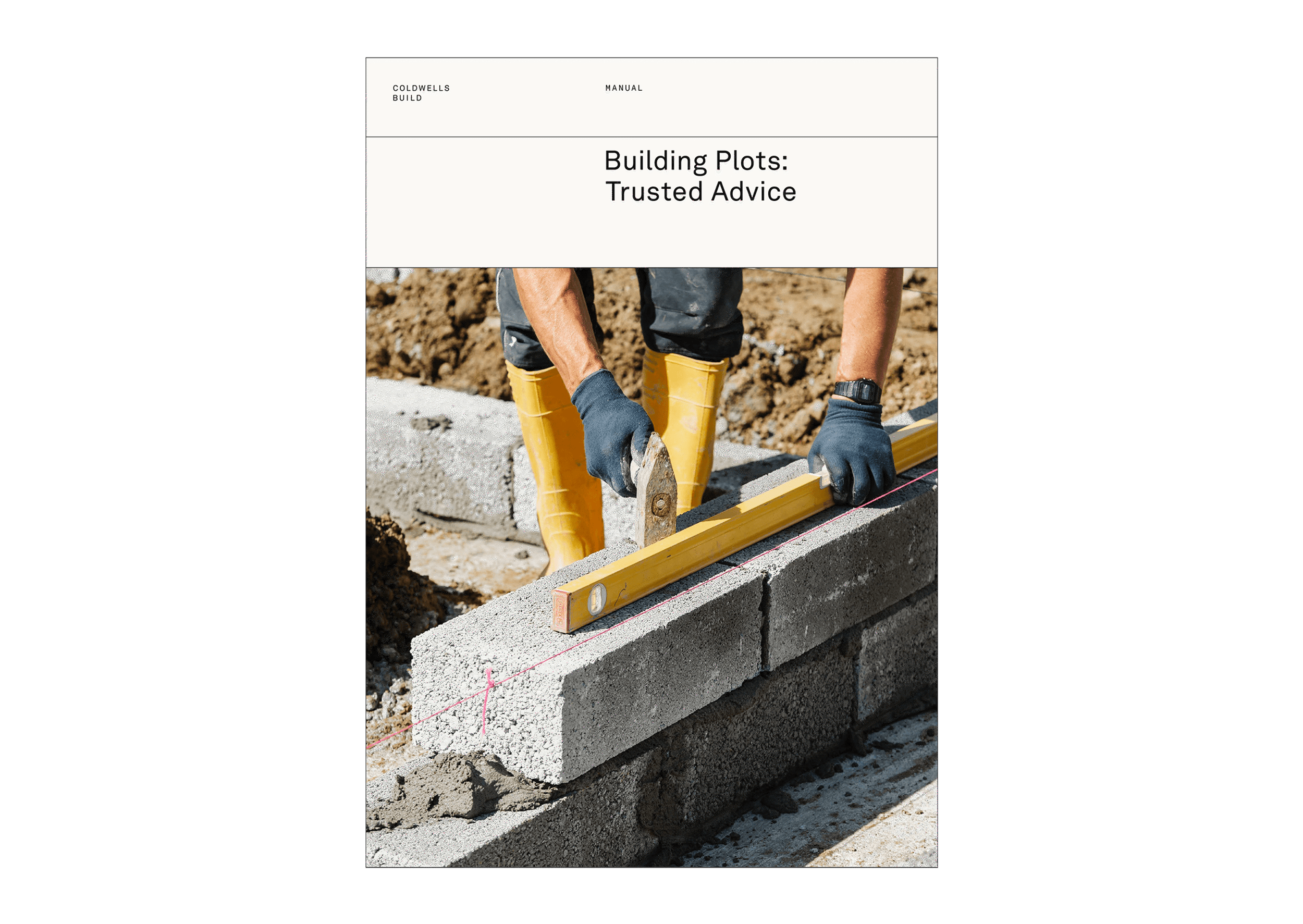
What Does It Mean to Be a Passivhaus Certified Tradesperson?
Discover what it means to be a Passivhaus Certified Tradesperson. Learn why Coldwells Build’s certification sets us apart, ensuring your home meets the world’s highest energy-efficiency standard. [2 Min Read Time]
Read






